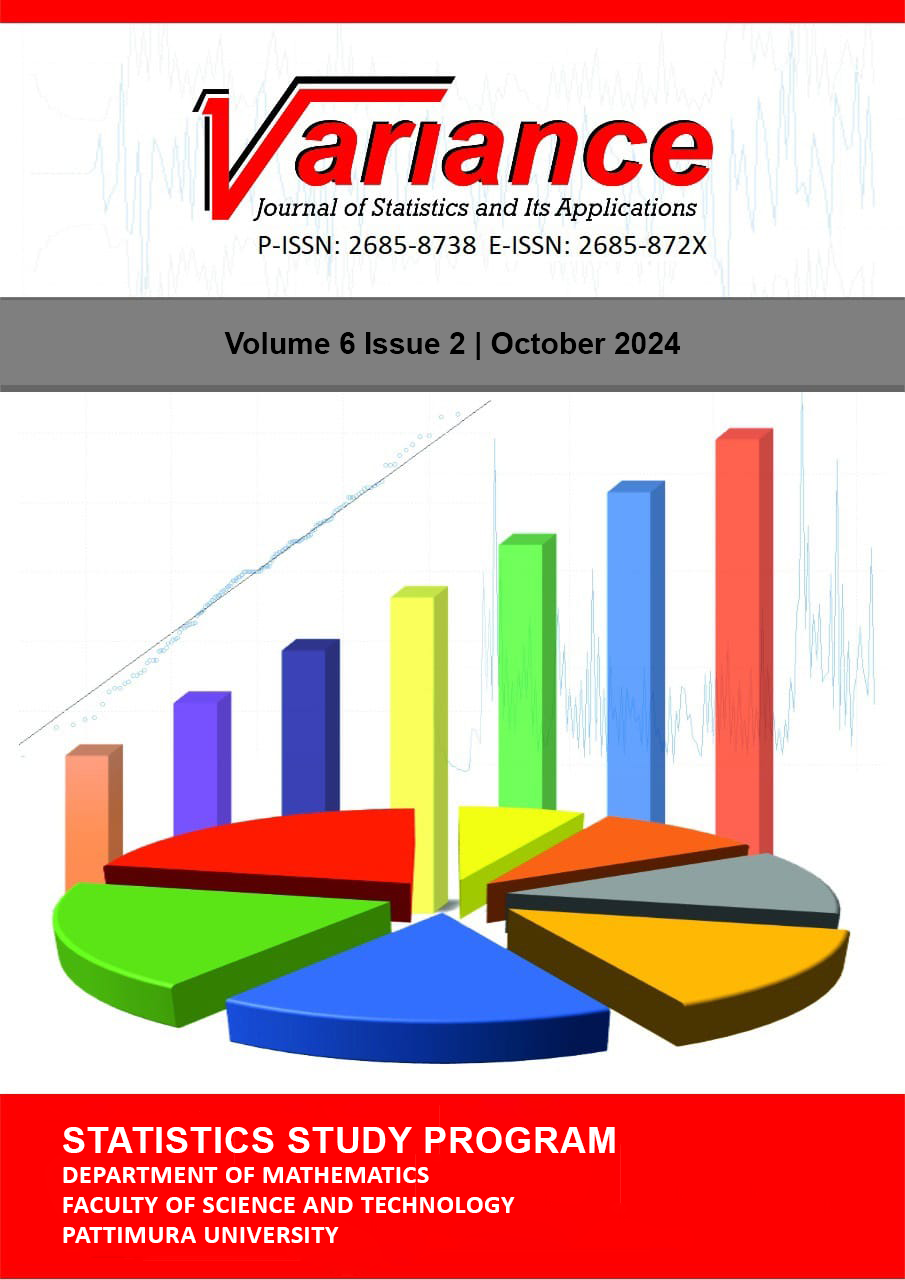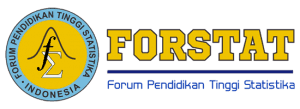SPATIAL AUTOREGRESSIVE (SAR) POISSON MODELING IN DENGUE FEVER CASES ON LOMBOK ISLAND IN 2021
Abstract
Indonesia, the fourth most populous country in the world with 275.5 million people, faces increasing human activity that can lead to negative impacts such as the spread of infectious diseases. One of these diseases is Dengue Hemorrhagic Fever (DHF), which is particularly susceptible in residential areas with poor environmental hygiene. The rising number of DHF cases on Lombok Island is a significant concern. This study employs a spatial analysis modeling approach, specifically the Spatial Autoregressive Poisson (SAR Poisson) model, which considers the spatial dependence of dengue cases assumed to follow a Poisson distribution. The objective is to model and map the potential distribution of DHF cases on Lombok Island in 2021. The analysis reveals spatial autocorrelation in the data based on Moran's I. Significant variables affecting DHF cases include the number of permanent sanitation facilities (X2) and the number of drinking water facilities (X3). Mapping results based on the SAR Poisson model indicate that the distribution of DHF cases is relatively uniform across most sub-districts, with the highest incidence suspected in Tanjung Sub-district
Downloads
Copyright (c) 2024 VARIANCE: Journal of Statistics and Its Applications

This work is licensed under a Creative Commons Attribution-NonCommercial-ShareAlike 4.0 International License.



 Editorial Team
Editorial Team
 Peer Review Process
Peer Review Process Focus & Scope
Focus & Scope Open Acces Policy
Open Acces Policy Privacy Statement
Privacy Statement Author Guidelines
Author Guidelines Publication Ethics
Publication Ethics Publication Fees
Publication Fees Copyrigth Notice
Copyrigth Notice Plagiarism Screening
Plagiarism Screening Digital Archiving
Digital Archiving





